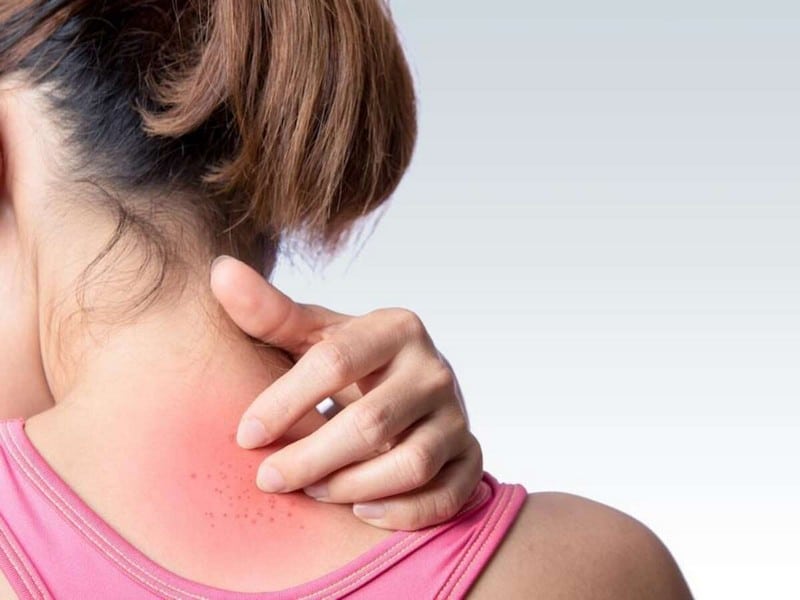Reaction to Drugs

Some drugs may cause a reaction resulting in the appearance of petechial rashes as a side effect. If a person experiences the appearance of these tiny red or purple spots, it is a sign that, for some reason, their immune system is overreacting to whichever drug or medicine they are taking. Likewise, drug reaction-induced petechiae are supposed to disappear once the drug intake ceases. On the other hand, if the rash-like petechial spots only appear due to some other diseases or infections, they should clear up once the condition or illness heals.
Some medicines that can cause such reactions to appear include antibiotics, antidepressants, cholesterol-reducing drugs, anti-seizures, sedatives, nonsteroidal anti-inflammatory drugs (NSAIDs), blood thinners, and medicated treatments like radiation and chemotherapy. Some examples of medications with known cases of inducing petechial rashes as an adverse reaction include Phenytoin (Cerebyx), Desipramine (Norpramin), Penicillin, Quinine (Qualaquin), Nitrofurantoin (Macrobid), Carbamazepine (Carbatrol, Tegretol), Warfarin, Heparin, Atropine (Atropen), Indomethacin (Indocin), Naproxen (Aleve, Anaprox, Naprosyn), and Chloral Hydrate.










